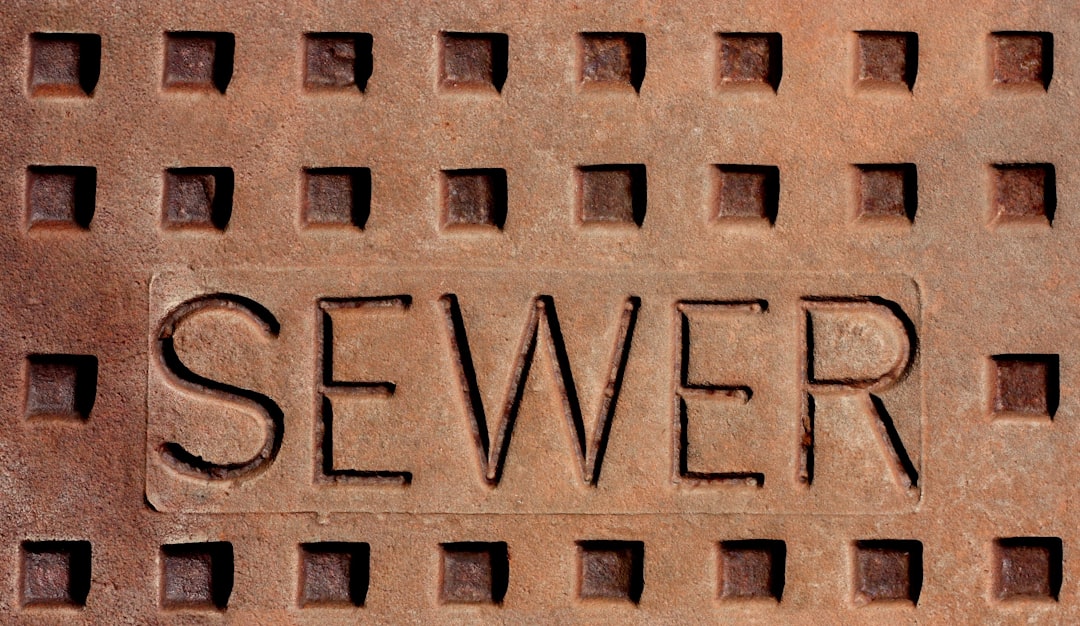What is it about?
Hydroquinone is well known to form hydrogen bonded self-assembly . It is also known that hydroquinone form radical upon intercations of metal ions. The abiity of hydroquinone to form hydrogen bonded aggregate mediated by water or by hydrated metal complex/ion makes such system good to show inherent proton conductivity. On heating or using other stimuli a redox active metal ion can help to generate radical from hydroquinone in such aggregates . Thus, under suitable conditions, it may be possible to combine inherent proton conductivity with radical conductivity or guide the proton conductivity through structural change. This aspect is shown.
Featured Image
Why is it important?
Identification of proton conducting system from non-covalently linked assemblies is of interest. A system that has normal Gaussian shape profile of plot of resistance vs temperature may be used as switch. This also contributes to understand the combined effect of proton conductivity with radical conductivity in hydrogen bonded assembly. The role of water in proton conductivities can be studied and helps in understanding proerties relating to wet and dry state of hydrogen bonded assembly. Furthermore, such systems will provide understanding on the process to explain how release of water molecule from a surface on slow heating changes conductane/resistance and contribute to develop new proton conducting state.
Perspectives
It has prospect to develop new metal containing self-assemblies with novel properties relating proton conductivity.
Professor Jubaraj Bikash Baruah
IIT Guwahati
Read the Original
This page is a summary of: Hydroquinone aggregates as a thermoelectric switch, Reactive and Functional Polymers, July 2000, Elsevier,
DOI: 10.1016/s1381-5148(99)00091-7.
You can read the full text:
Contributors
The following have contributed to this page










